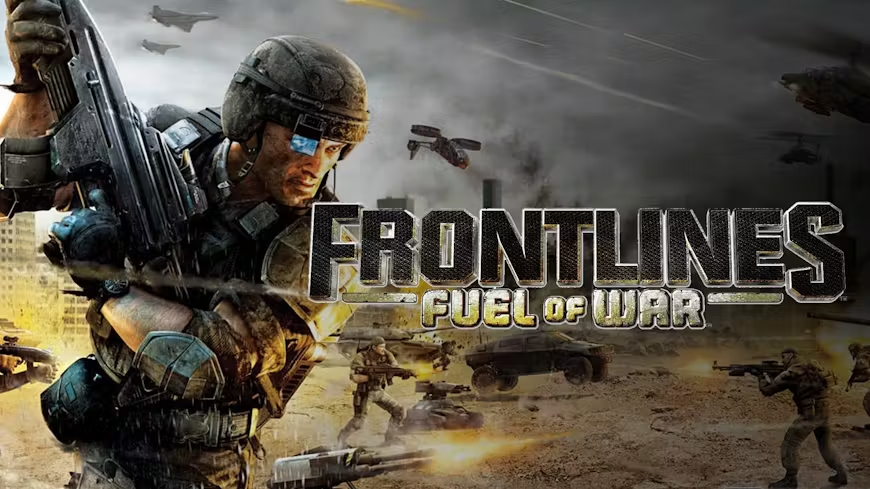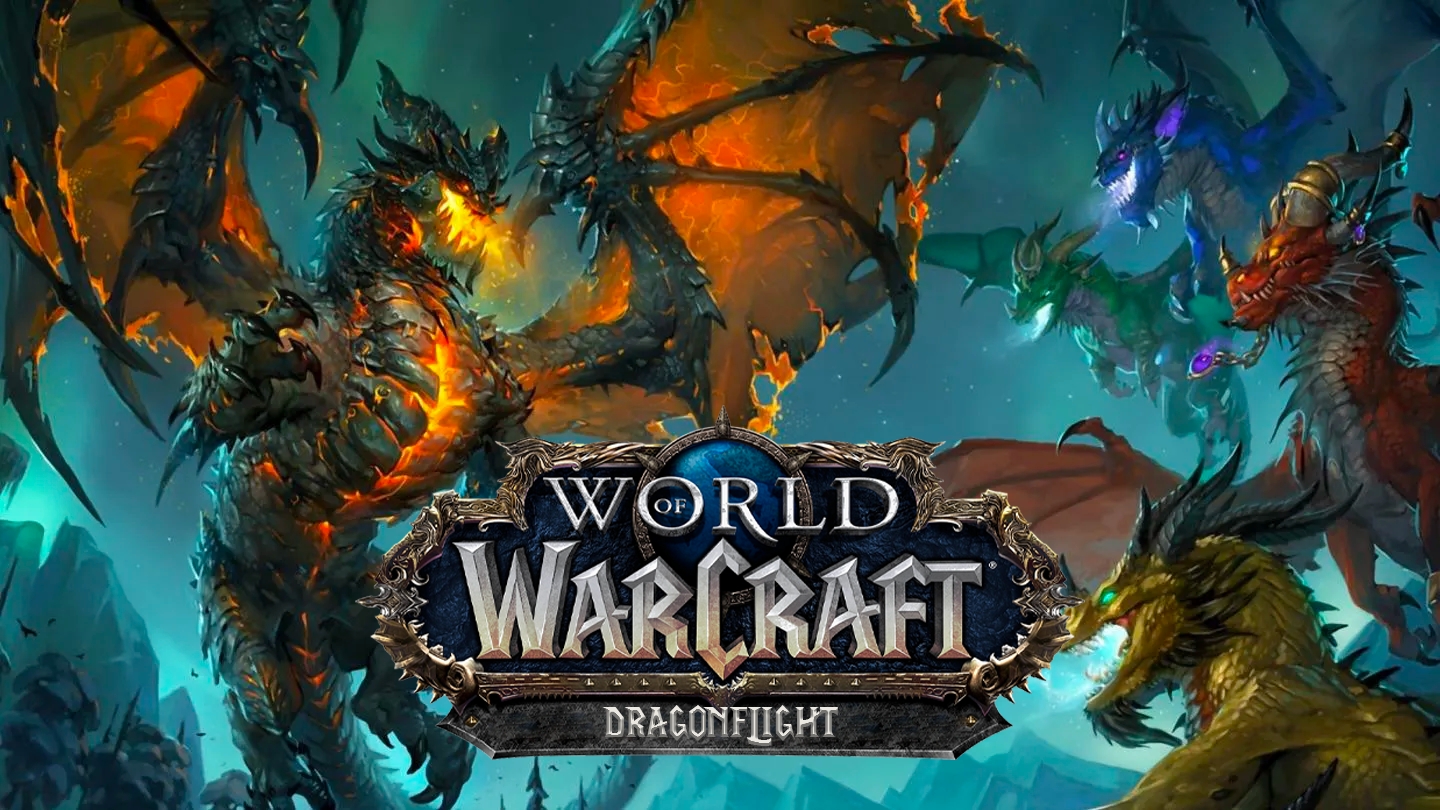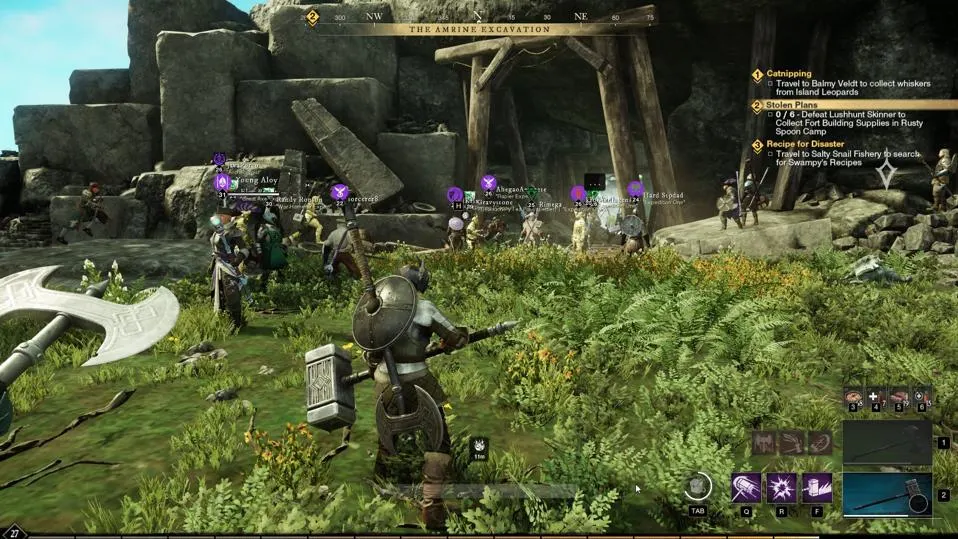Introduction
“Frontlines: Fuel of War,” developed by Kaos Studios and published by THQ, is a first-person shooter (FPS) set in a near-future world where global conflicts over dwindling energy resources drive the narrative. Released in 2008, the game aimed to blend tactical gameplay with a compelling story and expansive multiplayer modes. Despite its ambitious goals, “Frontlines: Fuel of War” had a mixed reception from both critics and players.
In this review, we will delve into the game’s storyline, gameplay mechanics, visual and audio design, and overall reception. We’ll conclude with a FAQ section to answer common questions about “Frontlines: Fuel of War.”
Storyline and Setting in Frontlines: Fuel of War
A Glimpse into a Resource-Depleted Future
“Frontlines: Fuel of War” is set in the year 2024, a time when the world is on the brink of collapse due to energy shortages. The narrative places players in the midst of a conflict between the Western Coalition and the Red Star Alliance, two factions vying for control of the remaining energy resources. The game’s story unfolds through a series of missions and cutscenes that aim to provide context and depth to the ongoing war.
Campaign and Narrative Depth
The single-player campaign of “Frontlines: Fuel of War” allows players to assume the role of a soldier in the Western Coalition. The story, while ambitious, was often criticized for its lack of originality and depth. The narrative was considered somewhat formulaic, with a focus on standard military tropes and limited character development. However, the setting and premise offered a solid foundation for an engaging story, even if it wasn’t fully realized.
Gameplay Mechanics and Features
Tactical Gameplay and Strategy
One of the standout features of “Frontlines: Fuel of War” is its emphasis on tactical gameplay. The game incorporates elements of strategy, such as capturing and defending key points on the battlefield. Players must work with their squad to achieve objectives, including controlling strategic locations and managing resources. The dynamic nature of the missions was designed to provide a more immersive and strategic experience compared to traditional FPS games.
Vehicle Combat and Customization
“Frontlines: Fuel of War” also features a variety of vehicles, from tanks to helicopters, which add another layer of strategy to the gameplay. The game allows players to pilot these vehicles in combat, offering a mix of ground and air-based action. The inclusion of vehicle customization options was well-received, as it allowed players to tailor their machines to their preferred playstyle.
Multiplayer Modes and Experience
The multiplayer component of “Frontlines: Fuel of War” was one of its key selling points. The game features several modes, including Team Deathmatch, Conquest, and Assault. The large-scale battles and destructible environments were designed to create an engaging and chaotic multiplayer experience. However, the multiplayer modes faced criticism for being unbalanced and plagued with technical issues, which impacted the overall enjoyment of the game.
Graphics and Visual Design
Art Style and Environmental Design
The visual design of “Frontlines: Fuel of War” aimed to capture a gritty and realistic portrayal of a war-torn future. The environments, ranging from urban ruins to industrial complexes, were designed to reflect the game’s dystopian setting. While the game’s art style was generally praised for its attention to detail, the graphics were considered dated by the time of its release, especially when compared to other contemporary titles.
Animation and Special Effects
The animation in “Frontlines: Fuel of War” was functional but often criticized for being less fluid and polished than other games in the genre. The special effects, such as explosions and environmental destruction, were a highlight, adding a layer of immersion to the combat. Despite this, the overall visual experience was marred by occasional technical glitches and performance issues.
Sound Design and Audio
Voice Acting and Dialogue
The voice acting in “Frontlines: Fuel of War” was generally competent, with the cast delivering solid performances that helped convey the game’s narrative. However, the dialogue was sometimes criticized for being clichéd and lacking in depth. The voice work did contribute to the game’s atmosphere, but it was not enough to elevate the overall storytelling.
Soundtrack and Ambient Effects
The game’s soundtrack, composed by Jeff Broadbent, aimed to enhance the intensity of the battles with a driving and energetic score. The music was effective in creating a sense of urgency and excitement during combat. Ambient sound effects, such as gunfire and explosions, were well-executed, adding to the immersive experience of the game.
Reviews and Reception
Critical Reviews and Feedback
Upon its release, “Frontlines: Fuel of War” received mixed reviews from critics. The game was praised for its ambitious approach to tactical gameplay and its large-scale multiplayer battles. However, it was also criticized for its lack of polish, with issues such as technical glitches and unbalanced gameplay affecting the overall experience. On Metacritic, the game holds a score of 66/100 for the Xbox 360 version, indicating a lukewarm reception.
Player Reactions and Community Response
The player community had a similarly mixed reaction to “Frontlines: Fuel of War.” While some players appreciated the tactical elements and vehicle combat, many were disappointed by the game’s technical issues and lack of innovation. The multiplayer modes, which were a major selling point, faced criticism for being plagued with connectivity problems and balance issues.
Comparison to Other FPS Titles
When compared to other FPS games released around the same time, “Frontlines: Fuel of War” fell short in several areas. Titles like “Call of Duty 4: Modern Warfare” and “Battlefield: Bad Company” offered more polished and engaging experiences, leading to a less favorable comparison for “Frontlines: Fuel of War.”
Conclusion: The Legacy of Frontlines: Fuel of War
“Frontlines: Fuel of War” is a game that aimed to push the boundaries of tactical FPS gameplay but struggled with execution. While its ambitious concepts and multiplayer modes offered a glimpse of potential, the game was hindered by technical issues and a lack of polish.
Despite its shortcomings, “Frontlines: Fuel of War” remains a notable entry in the FPS genre, particularly for those interested in its futuristic setting and strategic gameplay. It serves as a reminder of the challenges involved in creating a successful game in a competitive genre and offers lessons for future developers looking to innovate in the realm of tactical shooters.
For players looking for a deeper and more refined FPS experience, there are other titles that may better meet their expectations. However, “Frontlines: Fuel of War” has its place in gaming history as a bold attempt to blend strategy and action in a modern warfare setting.
FAQ About Frontlines: Fuel of War
What platforms is Frontlines: Fuel of War available on?
“Frontlines: Fuel of War” was released on PlayStation 3, Xbox 360, and Microsoft Windows. Each version had slight variations in performance and features.
How long is the single-player campaign in Frontlines: Fuel of War?
The single-player campaign in “Frontlines: Fuel of War” typically takes around 8 to 10 hours to complete, depending on the player’s playstyle and approach to missions.
Can you customize vehicles in Frontlines: Fuel of War?
Yes, “Frontlines: Fuel of War” features vehicle customization options, allowing players to modify their tanks, helicopters, and other vehicles to suit their preferences.
Does Frontlines: Fuel of War have a cooperative multiplayer mode?
No, “Frontlines: Fuel of War” does not feature a cooperative multiplayer mode. The game focuses on competitive multiplayer modes and single-player gameplay.
Are there any DLCs or expansions for Frontlines: Fuel of War?
There were no significant DLCs or expansions released for “Frontlines: Fuel of War.” The game’s content remained largely unchanged after its initial release.
Is Frontlines: Fuel of War worth playing today?
“Frontlines: Fuel of War” may still appeal to fans of tactical shooters or those interested in exploring its unique setting and gameplay mechanics. However, players should be aware of its technical issues and limitations compared to more recent FPS titles.



